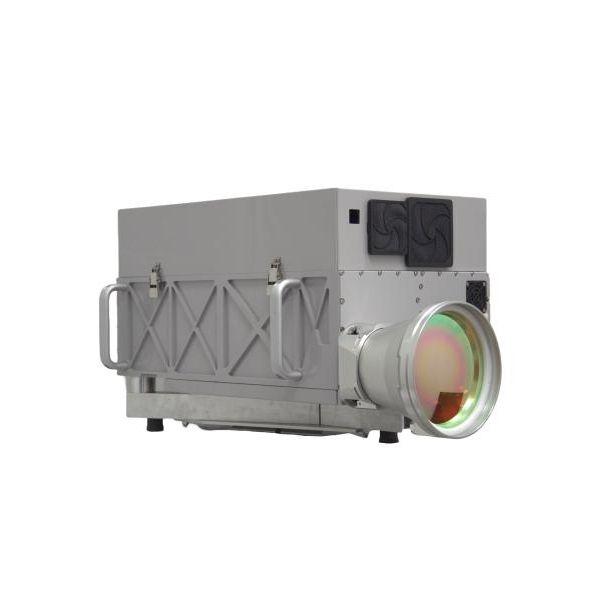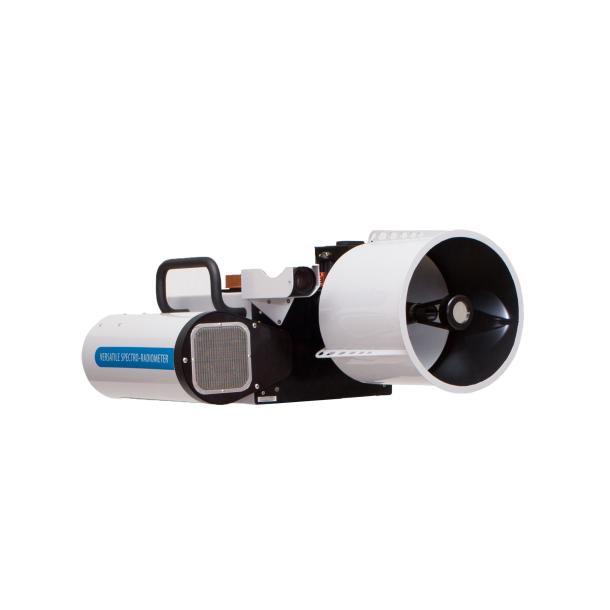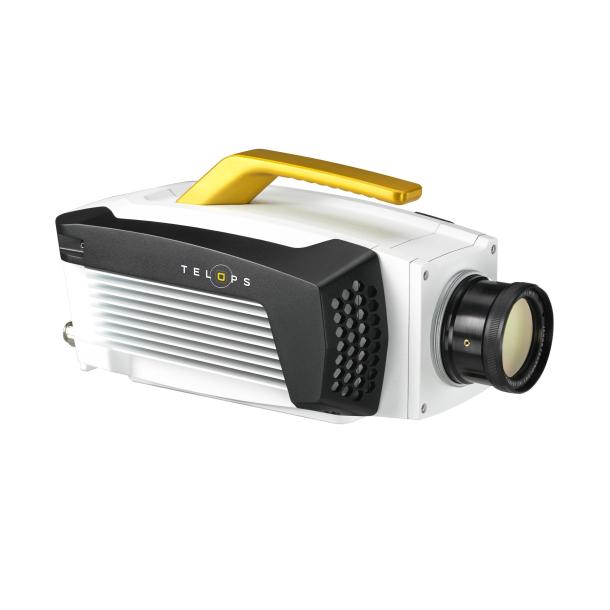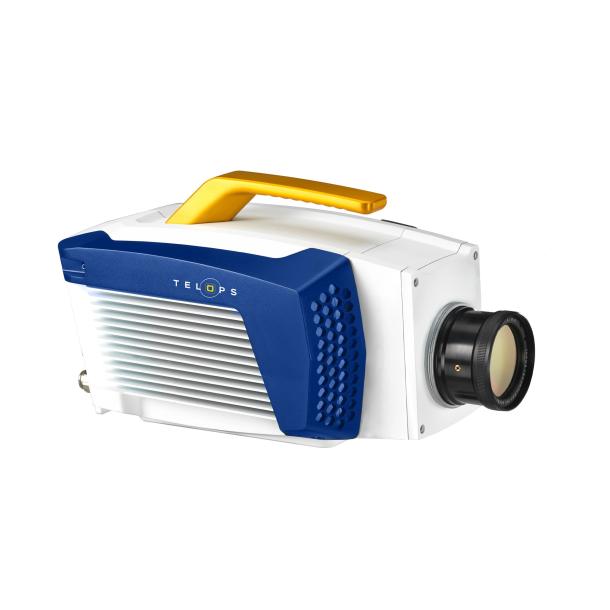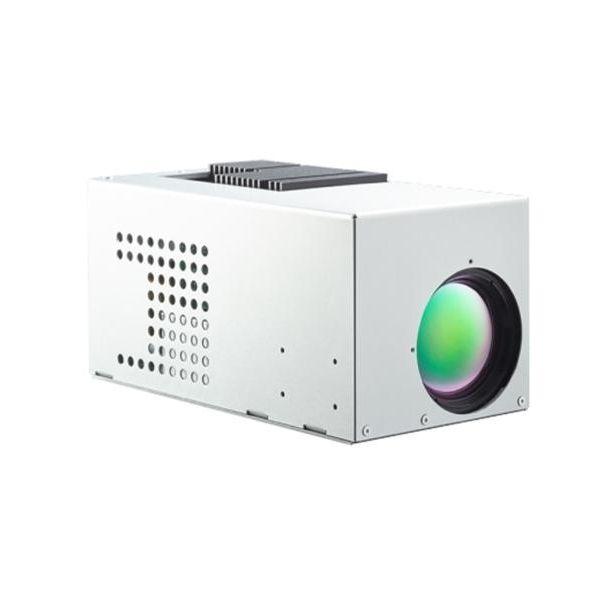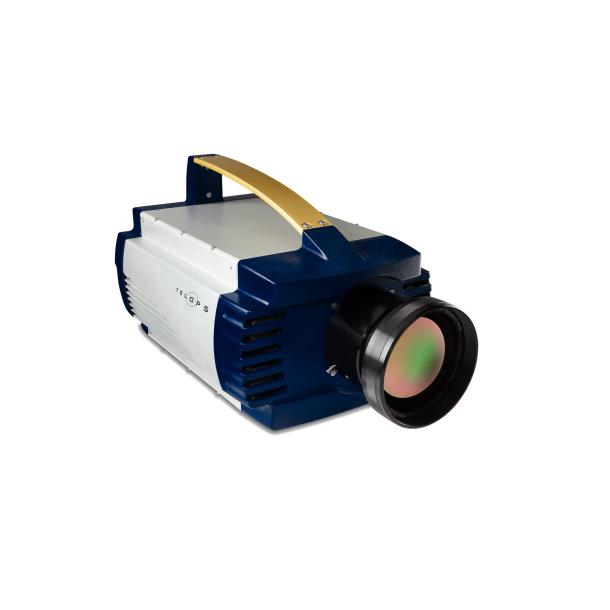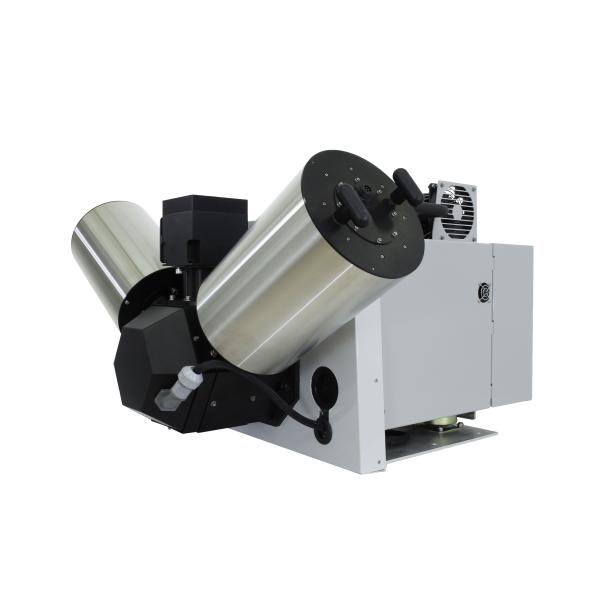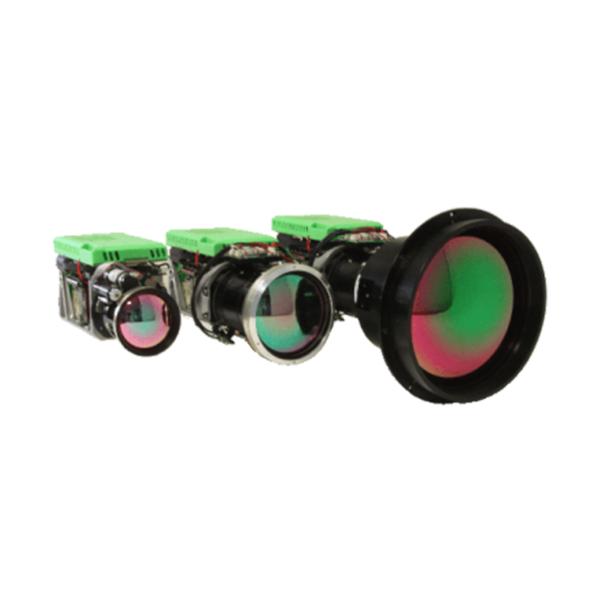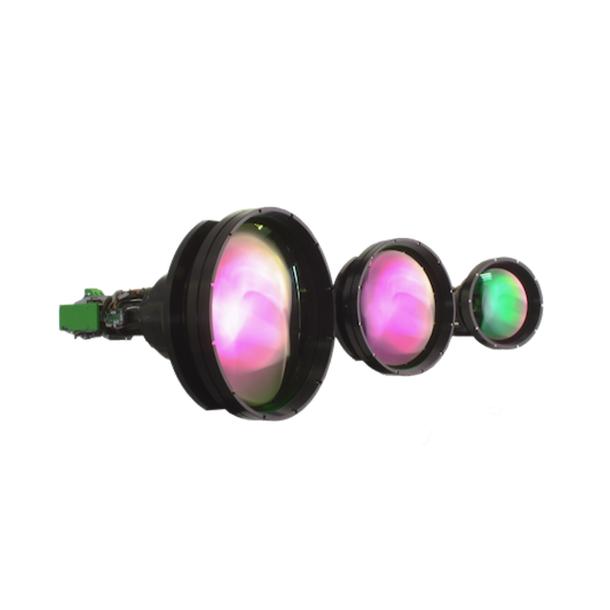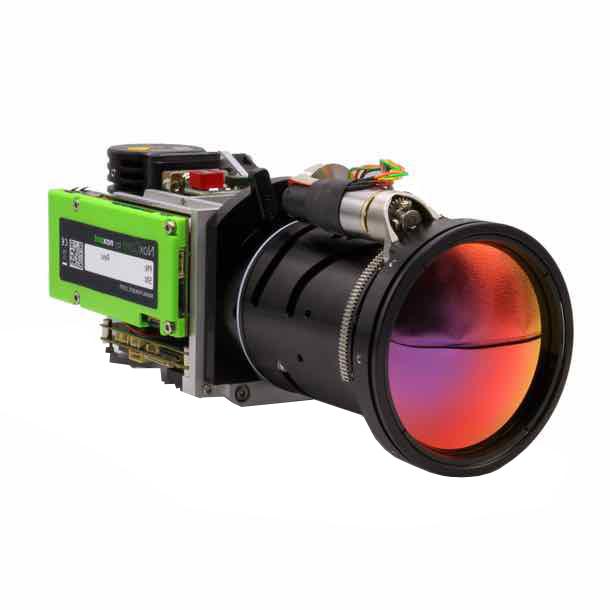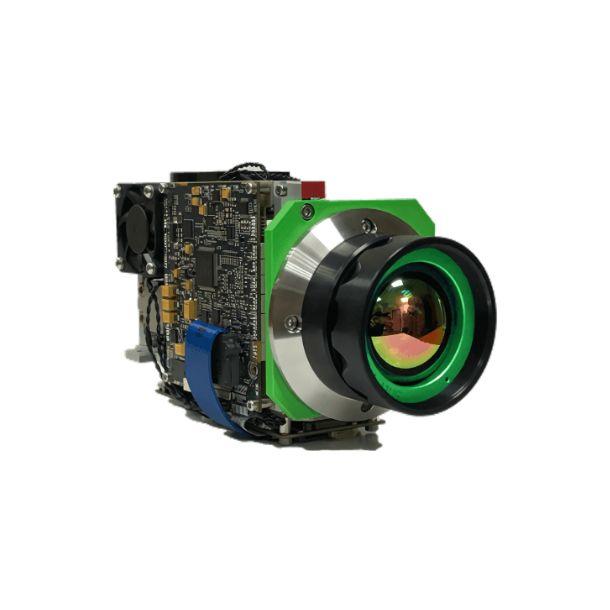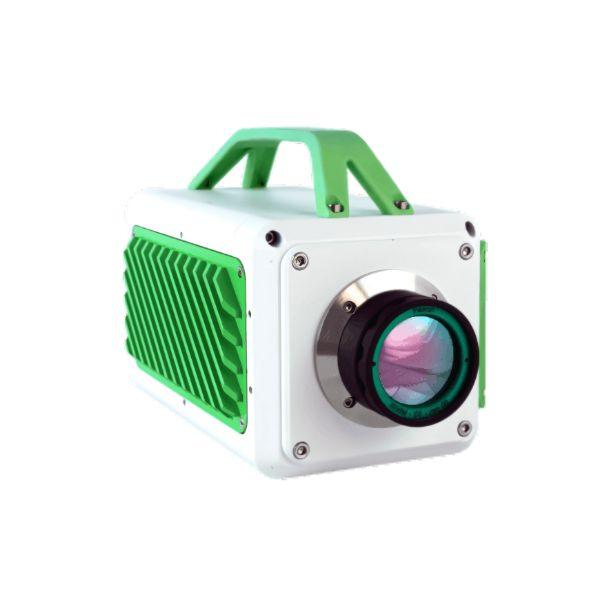Midwave Infrared (MWIR) technology plays a crucial role in thermal imaging, capturing radiation emitted directly from objects without the need for an external light source.
Often referred to as "thermal infrared," MWIR imaging relies on two key factors to determine an object's brightness: its temperature and emissivity, a physical property of materials that describes how efficiently they radiate.
Telops designs and manufactures high-performance hyperspectral imaging systems and infrared cameras for defense, industrial, and academic research applications. Xenics is a designer and manufacturer of infrared sensors, cores and cameras that deliver unparalleled Electro-Optical performance and functionalities.
Know more about infrared technology
Discover What is infrared radiation
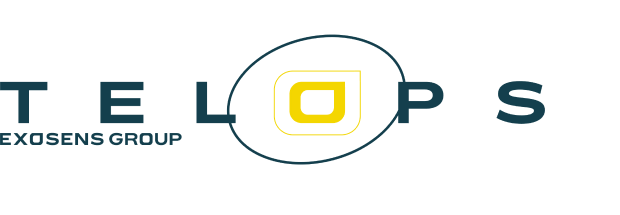
The Influence of Temperature and Emissivity
In MWIR imaging, as an object's temperature increases, it emits more energy, making it appear brighter to the thermal imagers. The ability to visualize heat radiation allows MWIR cameras to detect temperature differences in various objects and environments. Additionally, emissivity influences an object's thermal signature. Different materials possess varying emissivity levels, affecting their thermal radiation properties.
Advantages of MWIR Imaging
MWIR technology offers several distinct advantages, making it valuable in a range of applications:
Less Atmospheric Attenuations and Interferences:
In the MWIR band, atmospheric obscurants, such as smoke, dust, and fog, cause minimal scattering compared to the Shortwave Infrared (SWIR) band. This high tolerance to atmospheric interference ensures clear and reliable imaging, even in challenging weather conditions.
High-Speed Infrared Imaging
High-speed thermal imaging offers several advantages across various applications due to its ability to capture and process thermal information rapidly. Here are some key advantages:
- Quick Detection of Temperature Variations:
High-speed thermal imaging allows for the rapid detection of temperature changes in real-time. This is crucial in applications where quick identification of anomalies or variations is essential. - Dynamic Processes Monitoring:
In scenarios where processes are fast-moving or dynamic, such as industrial manufacturing or electronic components testing, high-speed thermal imaging ensures that even the most rapid temperature fluctuations can be captured and analyzed.
High-Quality Imaging:
MWIR cameras excel at capturing detailed and high-quality images, making them ideal when image quality takes precedence over temperature measurements or mobility. This characteristic makes MWIR imaging well-suited for applications in surveillance, reconnaissance, and targe identification.
Temperature Variation Detection:
MWIR cameras can detect even subtle temperature variations in objects, enabling their use in thermography, where precise temperature measurements are essential. This capability finds applications in scientific research, industrial inspections.
Applications of MWIR Technology
MWIR technology finds extensive use in numerous critical sectors, including:
Defense and Security:
In military applications, MWIR cameras are employed for reconnaissance, surveillance, and target tracking. Moreover, scientific application such as signature measurement, explosion and ballistic are well served by MWIR cameras. Their ability to detect heat signatures helps identify potential threats and monitor activities even in low-light or adverse environmental conditions.
Scientific Research:
MWIR cameras are well-suited for a wide variety of scientific research fields; such as experimental mechanics, combustion analysis, additive manufacturing and heat transfer.
Industrial Inspections:
MWIR cameras aid in industrial inspections, where identifying hotspots, monitoring equipment integrity, and ensuring safety are paramount. Industries such as automotive, manufacturing, petrochemical, and power generation benefit from MWIR thermography.
Non-Destructive Testing (NDT):
MWIR technology facilitates non-destructive testing in various industries, allowing the inspection of materials and components without causing damage.

